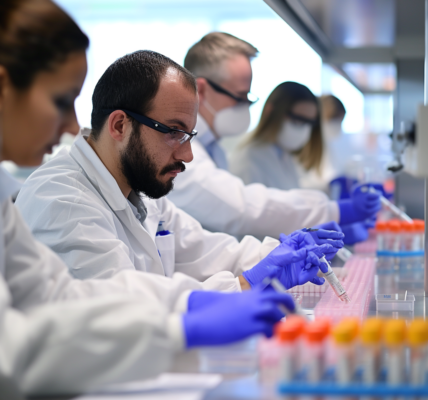New FUME-TCRseq Technique Enables Study of Immune Response to Cancer Using Archived Tissue Samples
Researchers from the Institute of Cancer Research (ICR) and University College London have developed a new technique, FUME-TCRseq, which enables the study of immune response to cancer using archived tissue samples. This breakthrough could significantly impact the understanding of the immune system’s role in cancer development, progression, and treatment.
The FUME-TCRseq technique, published in the journal Cancer Research and funded by the ICR and Cancer Research UK, allows for the reading of genetic material in formalin-fixed paraffin-embedded (FFPE) tissue samples, which have been challenging to analyze due to material degradation. By producing large numbers of copies of a small section of the T-cell receptor (TCR), the new method overcomes the limitations of current TCR sequencing methods.
TCR, a protein present on the surface of white blood cells, plays a crucial role in the immune system’s response to diseases, including cancer. The success of FUME-TCRseq in reading TCRs from archived tissue samples opens up new opportunities for understanding cancer progression and developing more effective treatments.
Dr. Ann-Marie Baker, senior staff scientist at ICR, emphasized the potential of the technique in quantifying and tracking specific T-cell populations over time and space, particularly in response to treatment. She highlighted its effectiveness in working with archival FFPE material, which existing methodologies often struggle with.
Professor Trevor Graham, director of the Centre for Evolution and Cancer at ICR, expressed optimism about the wealth of knowledge that could be gleaned from archived hospital samples worldwide. He emphasized the potential of these samples in advancing cancer research and treatment.
The researchers are now seeking a collaborative partner to further develop the FUME-TCRseq technique into a widely-used tool for lab research in immunology, with the aim of benefiting both cancer research and patients.





